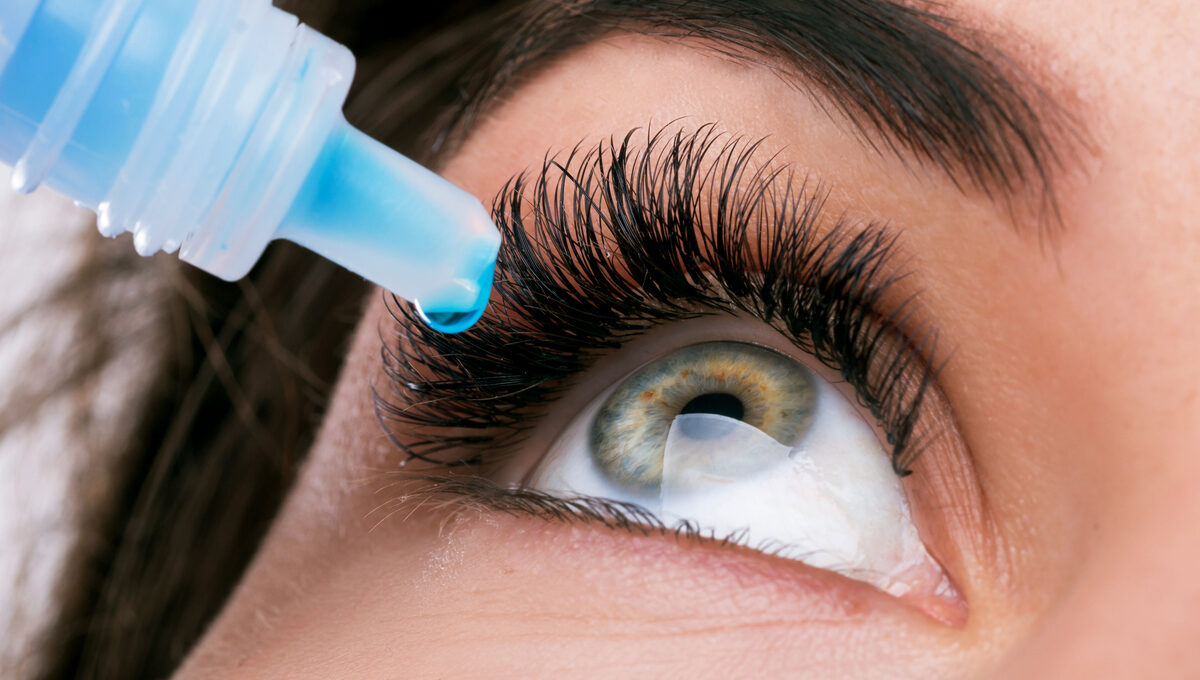Eye drops are a common remedy for various eye conditions, from dryness and redness to infections and allergies. However, using them incorrectly can lead to reduced effectiveness or even potential harm. Here’s a guide on the dos and don’ts of safely using eye drops.
Dos
- Do Wash Your Hands Before Use
- Make sure to wash your hands thoroughly with soap and water before applying eye drops. This step is crucial to avoid introducing bacteria or contaminants into your eyes.
- Do Check the Expiry Date
- Always check the expiration date on your eye drops before use. Expired drops may not work as well and could potentially cause irritation.
- Do Tilt Your Head Back Slightly
- To apply eye drops, tilt your head back slightly and look up. This position helps the drops to fall directly into your eye without touching the applicator tip to your skin.
- Do Create a Small Pocket with Your Lower Eyelid
- Gently pull down your lower eyelid with your clean finger to create a small pocket. This pocket is where you should aim to place the eye drops, ensuring they distribute evenly across your eye.
- Do Apply the Correct Number of Drops
- Follow the prescribed dosage or instructions on the packaging. Typically, one drop is sufficient, as your eye can only hold a limited amount of liquid. Any excess will simply run off.
- Do Close Your Eye and Blink Slowly
- After applying the drops, close your eye gently and blink slowly a few times to help distribute the medication evenly. Avoid squeezing your eyes shut tightly, as this may force the drops out.
- Do Press the Inner Corner of Your Eye
- If you’re using medicated drops, gently press the inner corner of your eye near your nose for a minute or two after applying the drops. This helps prevent the drops from draining into your tear ducts and improves absorption.
- Do Store Eye Drops Properly
- Keep your eye drops stored as directed on the label. Some drops need to be refrigerated, while others should be kept at room temperature. Ensure the bottle is securely closed when not in use to avoid contamination.
- Do Use Eye Drops Before Contact Lenses
- If you wear contact lenses, use your eye drops before inserting your lenses, unless the drops are specifically designed for use with contacts. Wait at least 15 minutes before putting in your lenses to avoid any interaction between the drops and the lenses.
- Do Consult Your Doctor for Long-Term Use
- If you need to use eye drops regularly or for an extended period, consult your eye doctor to ensure they are appropriate and won’t cause any long-term issues.
Don’ts
- Don’t Touch the Dropper Tip
- Avoid touching the dropper tip with your hands, eyelids, or any other surface. This can contaminate the dropper, leading to potential infections.
- Don’t Share Eye Drops
- Never share your eye drops with anyone else, even if you’re both experiencing similar symptoms. Sharing eye drops can spread bacteria and viruses.
- Don’t Apply Drops Too Frequently
- Overusing eye drops can cause more harm than good, particularly with certain types like redness-relieving drops, which can lead to rebound redness. Always follow the recommended usage instructions.
- Don’t Use Drops While Wearing Contacts (Unless Specified)
- Avoid using eye drops while your contact lenses are in, unless the drops are specifically formulated for use with contacts. Standard drops can interact with the lenses, causing discomfort or reducing the effectiveness of the drops.
- Don’t Ignore Persistent Symptoms
- If your symptoms persist or worsen after using eye drops, discontinue use and consult your doctor. Persistent issues may indicate an underlying condition that requires different treatment.
- Don’t Forget to Shake the Bottle (If Needed)
- Some eye drops, particularly those containing suspended particles, need to be shaken before use to ensure even distribution of the medication. Check the instructions on the label.
- Don’t Use Multiple Eye Drops Simultaneously
- If you need to use more than one type of eye drop, wait at least five minutes between applications to prevent one drop from diluting the other. This ensures each medication is properly absorbed.
- Don’t Use Eye Drops with Discoloration or Particles
- Inspect the drops before use. If you notice any discoloration, cloudiness, or particles floating in the solution, discard the bottle and get a new one. These signs can indicate contamination or degradation of the product.
- Don’t Rely on Over-the-Counter Drops for Serious Conditions
- While over-the-counter drops can relieve minor issues like dryness or redness, they are not a substitute for professional medical care. For serious or persistent eye conditions, always seek advice from a healthcare provider.
- Don’t Use Eye Drops After Eye Surgery Without Doctor’s Approval
- If you’ve recently had eye surgery, do not use any eye drops without your doctor’s approval. Certain drops may interfere with healing or cause complications.
Conclusion
Using eye drops correctly is essential for maintaining eye health and ensuring effective treatment of your symptoms. By following these dos and don’ts, you can safely use eye drops and avoid potential complications. If you have any doubts or concerns about using eye drops, consult your eye doctor for personalized advice.




Leave a Comment